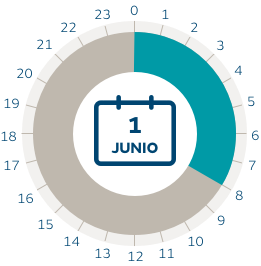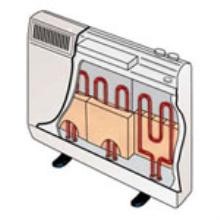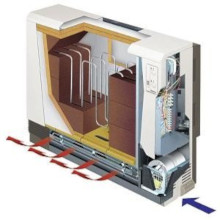Some users may be connected to a relay or switch available in the electricity meter to operate electric heat accumulators at reduced rate hours. The use of these relays was very common until the withdrawal of the so-called “night rate” in 2008. This relay, operated from the meter, sends an electric signal by way of a wire (usually coloured red), which reaches the home or area of consumption and is normally used to operate electric heat accumulators during low-rate hours.

Presently, this relay is connected between 22:00 and 12:00, i.e. a total of 14 hours a day. However, from 1 June, due to the new peak, flat and off-peak period structure, the relay will give the signal in the new off-peak period, from 00:00 to 08:00, i.e. only during 8 hours a day.
If you have this type of device, we recommend you contact an authorised installer to check your heat accumulators powered by this system, and to then adjust the sizing accordingly or, if necessary, control them independently regardless of the relay signal. This way you can ensure the capacity and power of your devices are ideal in order to maintain enough comfort for next winter.

These devices are especially designed for the maximum utilisation of electrical rates with different time periods. Equipment manufactured before 2007 may have been adapted to accommodate the old night rate, which was in effect between 1983 and 2008.

More up to date equipment has a programmer to regulate what times it charges. Older devices do not have these programmers and many are operated through the switch that provides the operating signal from the meter. We suggest that in order find a solution to the changes provoked by the new regulations, you install a thermostat in your home.


